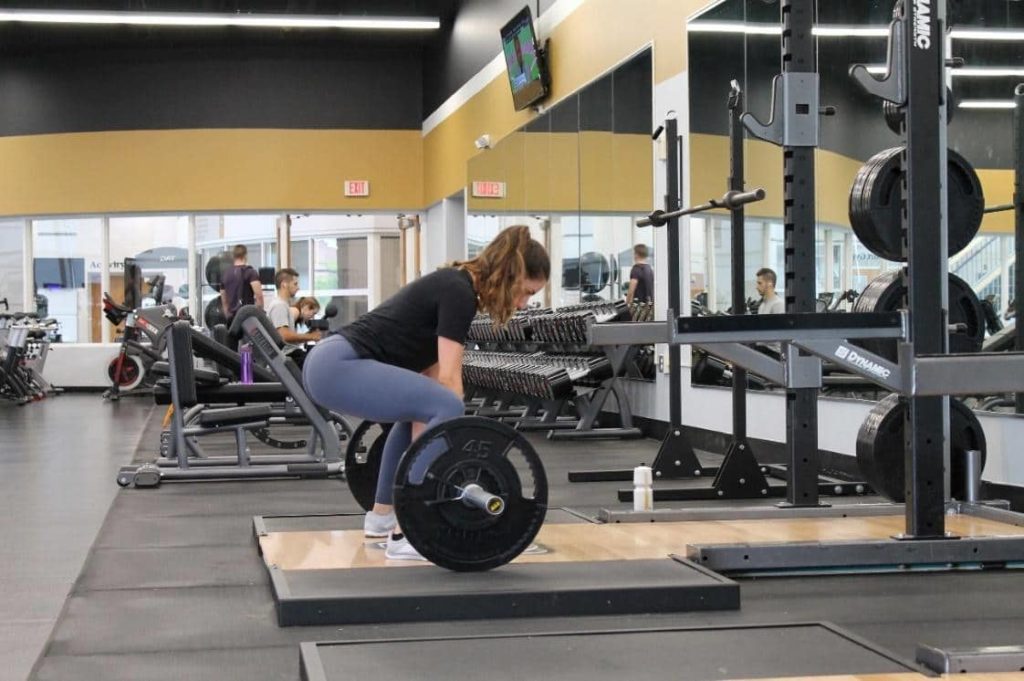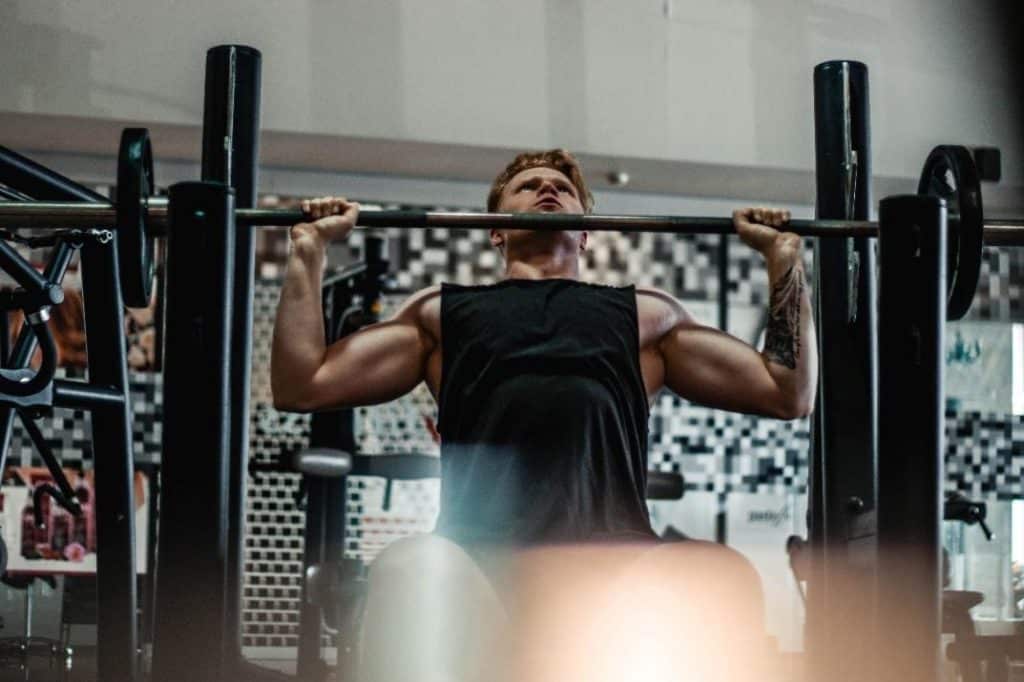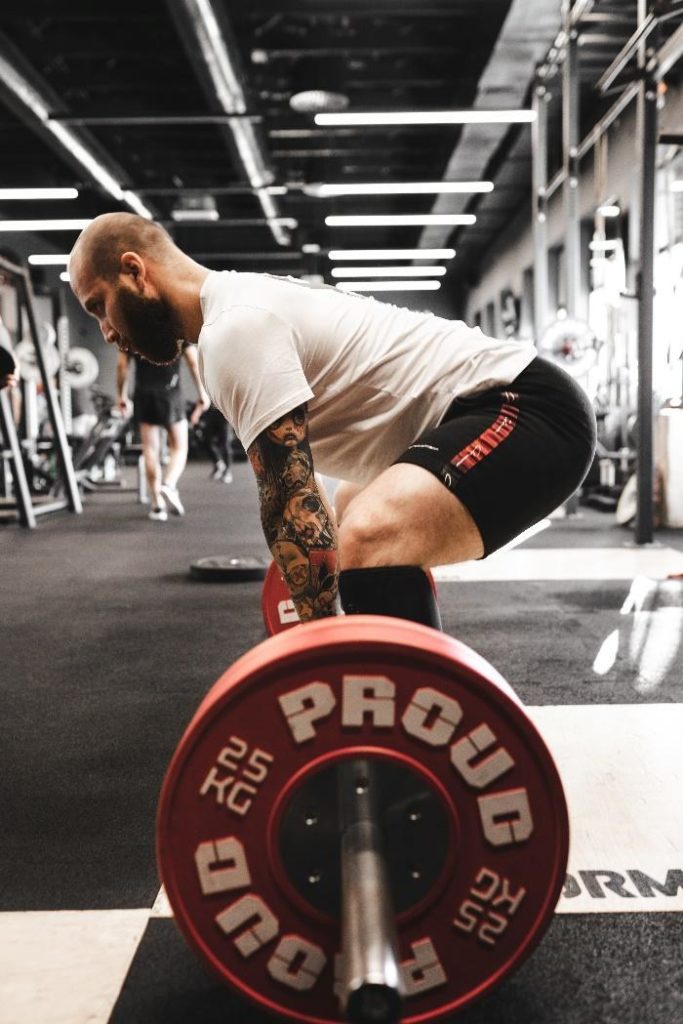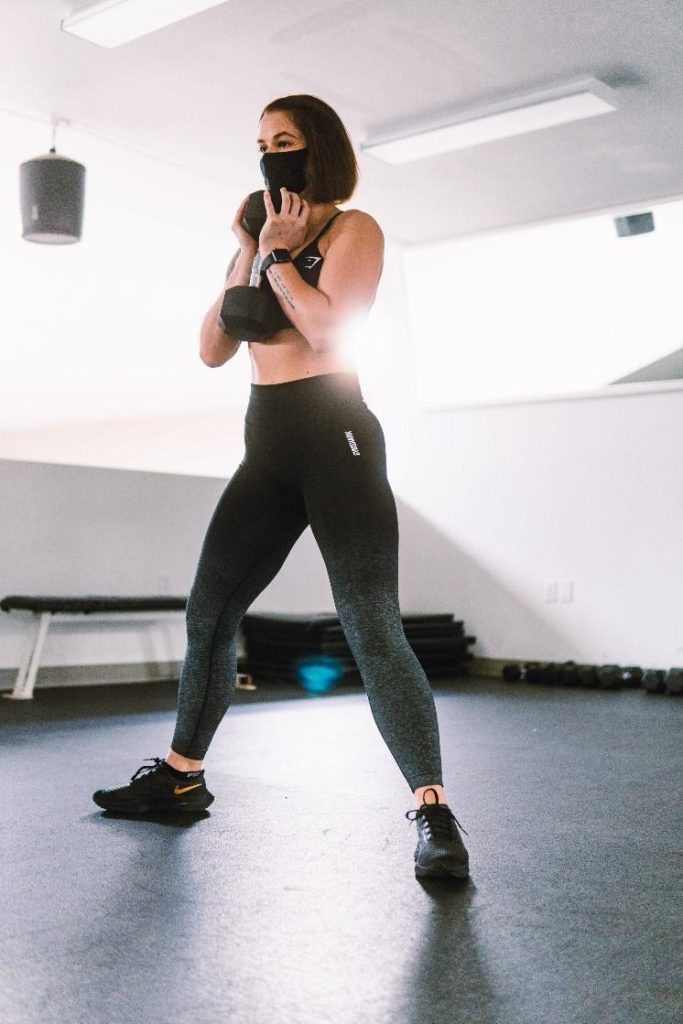15 de November de 2024
The 1×20 Program Training Method
A bit of history of the 1×20 training method
Dr. Michael Yessis popularized the 1×20 method, and his is the original method. Since he exposed it to the sports community many adaptations have been made by coaches for different sports and athletes. Dr. Yessis is a biomechanical and athletic performance coach who has worked with several elite individuals applying Soviet-era training methods with great results.
Dr. Michael Yessis presented the following lines in one of his books: In the early stages of training and especially for novices, you should do 15-20 exercises in a typical workout to cover all major joints and muscles in the body. Due to the need for many exercises, only one set of approximately 15-20RM should be completed. Doing this builds basic strength and muscular endurance and, as a bonus, you get stronger ligaments and tendons that create more durable joints” (Yessis, 2006).
With this philosophy of work he elaborated another of his books “The revolutionary 1×20 RM Strength Training Program”, where he exposes the bases of this type of training, which has been increasing its popularity among American and world trainers (Yessis, 2014).

What is the 1×20 training program?

The operation of the 1×20 training program is simple: perform a series of 20 repetitions, using between 15 and 25 exercises. The movements must cover all sports actions, so multi-joint exercises will be mixed with other exercises focused on a specific joint.
The goal is to do the same workout every session trying to progress within those 20 reps. We will repeat the same session about three times a week (between two and four weekly sessions) trying to progress by 1.25 – 2.5kg after each successful week.
The degree of perceived exertion also starts with a low-medium level of 5-6 (out of 10). We will go from less to more degree of effort on the scale of subjective perception of effort, either by adding more load to the exercise or by varying something similar that supposes a greater intensity. The number of repetitions is not fixed and can be performed more or less within a close range depending on the stimulus sought.
Once we do not achieve more progress and we stall in two or more consecutive sessions, we will have to replace the exercises where we stall or move towards series of 14 repetitions (1×14) and later to series of 8 repetitions (1×8).
An ideal way to control the progression in the 1×20 program is to use speed measurement systems (Velocity-based Training) to see if in the next session we lift the same kilos faster or if we are able to move more weight than the previous week with the same speed. It will also be useful to know if we are leaving more or less repetitions in our reserve.

Velocity Based Training 【 #1 VBT Guide in the World 】
The best way to control progression and make the 1×20 program effective is to write down the different variables mentioned in a training diary (exercises performed, kilos lifted, repetitions performed, degree of perceived effort and lifting speed). For the following week we will use these marks with the aim of improving at least one of them.
1×20 training vs the traditional training program

Most people with strength training experience are used to a traditional workout of 3×10, 5×5, or the 5/3/1 method, among many others. It is for that reason that when hearing about the 1×20 program they are quite skeptical. However, many level trainers have used it successfully.
Building Better Athlete (BBA) coaches shared on their blog the results of comparing the 1×20 program to traditional baseball pitching training. The 1×20 program produced similar, and even better, results in takeoff speed, long jump, and 20-yard sprint compared to the traditional program (Zweifel, 2016).
The traditional program achieved a greater transfer to sport since it was aimed at this group of athletes. These results invite us to introduce the 1×20 program in general phases of preparation as an introductory method but taking into account that it should not replace a specific and traditional training to achieve transfer to sport.
The 1×20 program and the traditional program do not differ much from each other, but they do have some differences. The traditional program tends to go close to muscle failure or exhaustion, but the 1×20 program looks for the minimum effective dose to “move the needle a little” in each workout.
In the next section we will discuss in depth what are the differences between the 1×20 program and traditional training. For this, we will comment on the extra benefits provided by the 1×20 program over those programs considered traditional.
Benefits of the 1×20 workout
This type of training does not produce great muscle damage, so it can be used with high frequency, without interfering with other physical abilities of the athlete. The loads for 20 repetitions are light loads, which makes the 1×20 program suitable for periods of general physical preparation.
The 1×20 program allows a better recovery since it is of low intensity on the nervous system. Plus, it builds work capacity by performing high-rep sets. The low load and high repetitions allow us to improve the technique of complex exercises. What is the best way to improve squat technique? Do squats.
A session of the 1×20 program usually only lasts between 25 and 45 minutes depending on the number of movements used. Time is optimized because training volume is similar to other training methods, but with the 1×20 program we get higher density (more work per unit of time).
By performing a single series per exercise, specific exercises can be included to strengthen areas less trained with traditional training, such as the calf muscles. In this way, we work on the weak links in the chain that are often forgotten when we focus exclusively on exercises such as squats or Olympic movements.
The 1×20 program allows you to train a greater variety of exercises in each session, avoiding excessive stimulation of some muscle groups and joints. In this way, we reduce the accumulated fatigue caused by traditional training programs (Just Fly Sports, 2020).
The sets of 20 repetitions benefit the blood flow of the connective tissue, thus improving the health of ligaments and tendons (Kjaer et al., 2005). This connective tissue needs more time to adapt to strength training than skeletal muscle, so the 1×20 program gives athletes a lower chance of injury by giving those tendons and ligaments time to adapt (Mersmann, Bohm, & Arampatzis, 2017).
From a speed-based perspective, the 1×20 program exposes the athlete to the full range of the force-velocity curve on every set. The first repetitions, being performed with low loads and even without external load, allow them to be performed with a speed close to the maximum. As the set progresses the athlete will go through reps of speed-strength, strength-speed and finally max strength on the last few reps. All this in the same series and with 15 – 25 different movements.
Examples of the 1×20 workout for athletes

Jake Tuura is a varsity strength and conditioning coach at Youngstown State University, where he is a strength specialist in different sports such as basketball and soccer, among others. He elaborated a version of the book “The Revolutionary 1×20 RM Strength Training Program” in which he presents several training examples of the 1×20 program (Tuura, 2018).
In this first one he lists up to 30 exercises that we can see in the video, of which we have chosen 15 to start with. You can progress in the different variables that we have discussed in previous sections or add some extra exercises of the 30 that are displayed in the video.
Both in this first example and in the following two we must follow the instructions described above for the 1×20 program. A single set of each exercise is performed until 20 repetitions are completed, or a close range between approximately 18 and 22. You can take a little breath before moving on to the next exercise, but the idea is to go through the entire circuit with the minimum necessary rest.
- Globet squat with dumbbell
- Push-ups
- Inverted rowing
- Good morning
- Abduction with band
- One Arm Dumbbell Military Press
- Pull to the chest
- Abdominal crunch
- Dumbbell Biceps Curl
- Tricep pulldown rope pulldown
- Single leg calf raises
- Elastic band adduction
- Back-raise
- Bird Lateral Raises
- Release and pick up disk with fingers
The Building Better Ahtlete (BBA) team also provides some examples of a 1×20 program, such as the following (Zweifel, 2016):
- Hex bar deadlift
- Inverted row
- Swiss bar bench
- Side lying manual hip adduction
- RDL
- BB Bento see row
- Bottoms up OH press
- Side DB step-up
- Suspension T
- Suspension Fall-outs
- Suspension leg curls
- Standing toe raises
- Band hip flexor
- DB feet elevated bridge
- Band row
- Band-press
Mark Hoover, in an article for Simplifaster, also leaves us a 1×20 program proposal with the following list of exercises (Hoover, 2021):
- Globet squat
- Chest plate RDL
- London Bridges
- Globet split squat
- Lying back raise
- Dumbbell bench press
- Pogo jumps height
- DB bento see row
- Stnading dumbell calf raises
- Cossack squat
- Standing hip abduction
- Dumbell Military Press
- Dumbbell bicep curl
- Standing triceps curl
Conclusion
Dr. Michael Yessis’ 1×20 program is a valid option for athletes, especially for general preparation and beginners, since it does not cause as much muscle damage as traditional programs and allows you to learn the technique of the exercises. It is a simple program as well as effective since it makes us progress each week, thus taking advantage of the minimum stimulus to “move the needle” of performance.
In just 30 minutes of training, we will have given our muscles an optimal stimulus to improve strength and muscle mass, while also having time to dedicate ourselves more specifically to the sport itself. You can also use a Vitruve linear encoder to track progress.

Best Velocity Based Training Devices – Full Review 2025
References
Hoover, M., 2021. How the 1×20 Won This Skeptic Over – SimpliFaster. [online] SimpliFaster. Available at: <https://simplifaster.com/articles/1×20-system-converts-skeptic/> [Accessed 23 June 2022].
Just Fly Sports, 2020. Dr. Michael Yessis On High Transfer Strength And Skill Building For Sport Performance: Just Fly Performance Podcast #142. [podcast] Just Fly Sports. Available at: <https://www.just-fly-sports.com/podcast-142-dr-michael-yessis/> [Accessed 22 June 2020].
Kjaer M, Langberg H, Miller BF, Boushel R, Crameri R, Koskinen S, Heinemeier K, Olesen JL, Døssing S, Hansen M, Pedersen SG, Rennie MJ, Magnusson P. Metabolic activity and collagen turnover in human tendon in response to physical activity. J Musculoskelet Neuronal Interact. 2005 Mar;5(1):41-52. PMID: 15788870.
Mersmann, F., Bohm, S., & Arampatzis, A. (2017). Imbalances in the Development of Muscle and Tendon as Risk Factor for Tendinopathies in Youth Athletes: A Review of Current Evidence and Concepts of Prevention. Frontiers in physiology, 8, 987. https://doi.org/10.3389/fphys.2017.00987
Tuura, J., 2018. [online] Jackedathlete.com. Available at: <https://jackedathlete.com/wp-content/uploads/2019/01/1-X-20-METHOD-v1.2.pdf> [Accessed 21 June 2022].
Yessis, M., 2006. Build a better athlete. Terre Haute, Ind.: Equilibrium Books.
Yessis, M., 2014. The revolutionary 1 x 20 RM strength training program. California USA: Sports Training, Inc.
Zweifel, M., 2016. 1×20 Training vs Traditional Training In Collegiate Pitchers. [online] Building Better Athletes. Available at: < https://www.building-better-athlete.com/blog/1×20-training-vs-traditional-training-in-collegiate-pitchers.> [Accessed 23 June 2022].

